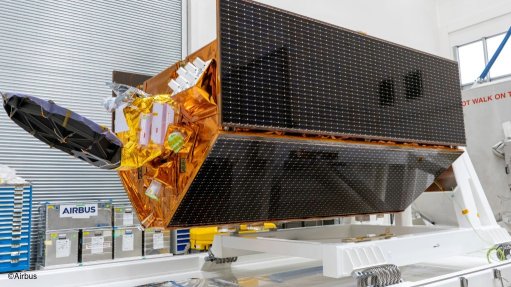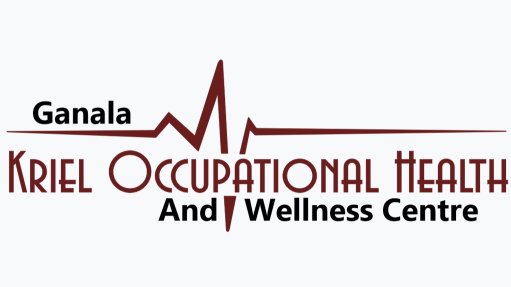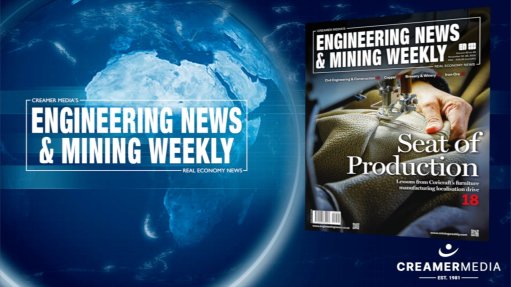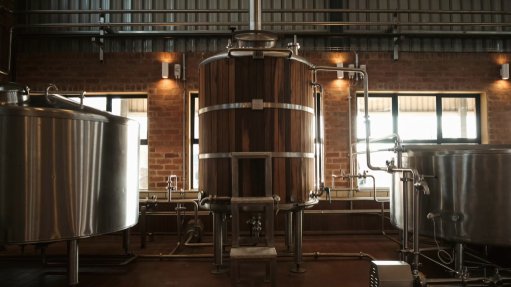Amendment places additional reporting obligations on employers


KATE COLLIER These regulations are important for workplace health and safety in general, and in the mining industry in particular, to continuously develop and improve
The mining industry must heed new changes to the Mine Health and Safety Act (MHSA) to ensure it is compliant going forward, says law firm Webber Wentzel partner Kate Collier.
On September 12, 2014, an amended Regulation 11 of the MHSA was published under the signature of former Mineral Resources Minister Susan Shabangu, with the insertion of the new Regulation 11(8), which outlines an additional obligation on employers to report certain occupational diseases to the Department of Mineral Resources (DMR).
This amendment requires that employers report the diagnosis of occupational lung diseases; other occupational diseases as covered by the Compensation for Occupational Injuries and Diseases Act and the Occupational Diseases in Mines and Works Act; noise-induced hearing, when the percentage loss of hearing shift is 5% or more; or any illness that might impact on the health and/or safety of employees, as determined through instructions by the Chief Inspector of Mines.
Regulation 11(8) states that the ‘other’ illnesses may also include lifestyle diseases such as diabetes and hypertension.
Collier explains that the regulation requires the reports to be completed within 30 days from the date of diagnosis using the new form, DMR 231, referred to as the Health Incident Report (HIR).
The completed HIR must then be submitted to the relevant Principal Inspector of Mines. However, the HIR requests that the completed form also be submitted to the Medical Inspector and the Occupational Health Chief Directorate.
Collier notes that the HIR has been developed to generate a centralised database of the occurrences of occupational diseases and their impact on the South African mining industry. It will be used for research purposes to assist in identifying and implementing preventive measures.
The new HIR forms will hopefully also lend itself to greater information sharing, without fear of reprisal, in the interests of preventing repeat incidents.
“Given that employee medical reports and information will be contained in the HIR, medical ethics and confidentiality must apply to the information provided and reported to the DMR,” she adds.
Accordingly, employees will be required to complete an Employee Consent Form, an example of which appears as part of form DMR 231. The completed employee consent must be retained by the employer and does not form part of the information to be submitted to the DMR.
Meanwhile, on November 21, 2014, new regulations to the MHSA were also published. These regulations deal with refuge bays for underground mining operations.
The new Regulation 16.6 requires that employers ensure that readily accessible refuge bays are provided in the underground workings of a mine.
In addition, where a mine is required to issue self-contained self-rescuers in terms of the MHSA Regulation 16.2, the refuge bays must be located within the limits of the protection afforded by the self-contained self-rescuers when they are in use.
The new MHSA Regulation 16.6(2) sets out minimum standards for refuge bays.
According to the minimum standards, an employer must take reasonably practicable measures to ensure that, taking into account the number of persons likely to be present in the area served by the refuge bay, every refuge bay must at least be of adequate size and be equipped with sufficient ablution facilities, illumination and first aid equipment, as well as have efficient means to communicate verbally to surface, and the means for the adequate supply of respirable air and potable water.
Every refuge bay must also be situated, where practicable, in an area that is not used for storage of combustible material or that is close to such an area and be constructed in such a way that air containing noxious smoke, fumes or gases will not enter the refuge bay.
Further, the refuge chambers should have an escape route displayed in the refuge bay, indicating the position of the refuge bay in relation to the shaft or any other egress or access way to the surface, as well as a sign that displays the emergency procedures to be followed in the refuge bay and the relevant emergency phone numbers. Employers must also have a means to facilitate clear identification of the location of the refuge bay from the outside in poor visibility.
Employers are reminded that these are minimum standards and that additional considerations might be necessary, taking into consideration the number of persons likely to be present in the area served by the refuge bay.
Further, Collier points out that the new MHSA Regulation 16.6(3) requires that refuge bays be examined for compliance with at least the minimum standards.
This examination must be carried out at least every 30 days by a safety officer, who has been appointed in terms of Minerals Act regulation 2.17.1, a shift boss, who has been appointed in terms of Minerals Act regulation 2.15.1, or any other employee of higher rank.
In addition, a further examination at least every 90 days must be carried out by the appointed occupational hygienist, as required in MHSA Section 12, or by a person who holds the Intermediate Certificate in Mine Environmental Control, issued by the Chamber of Mines of South Africa, working under the control of an appointed occupational hygienist. A written report on this inspection must be submitted to the appointed manager, as contemplated in MHSA Section 3(1)(a), within seven days of the date of the inspection.
Collier stresses the importance of continually developing and improving these regulations for workplace health and safety, in general, and in the mining industry, in particular.
“As the industry grows, there will always be new things to learn, new approaches and better ways to safeguard the health and safety of employees. I believe it to be a positive development when the law grows with this learning,” she adds.
Learning and development will also only be assisted by various operations, employers and industries sharing their knowledge and experiences, she says.
Article Enquiry
Email Article
Save Article
Feedback
To advertise email advertising@creamermedia.co.za or click here
Comments
Press Office
Announcements
What's On
Subscribe to improve your user experience...
Option 1 (equivalent of R125 a month):
Receive a weekly copy of Creamer Media's Engineering News & Mining Weekly magazine
(print copy for those in South Africa and e-magazine for those outside of South Africa)
Receive daily email newsletters
Access to full search results
Access archive of magazine back copies
Access to Projects in Progress
Access to ONE Research Report of your choice in PDF format
Option 2 (equivalent of R375 a month):
All benefits from Option 1
PLUS
Access to Creamer Media's Research Channel Africa for ALL Research Reports, in PDF format, on various industrial and mining sectors
including Electricity; Water; Energy Transition; Hydrogen; Roads, Rail and Ports; Coal; Gold; Platinum; Battery Metals; etc.
Already a subscriber?
Forgotten your password?
Receive weekly copy of Creamer Media's Engineering News & Mining Weekly magazine (print copy for those in South Africa and e-magazine for those outside of South Africa)
➕
Recieve daily email newsletters
➕
Access to full search results
➕
Access archive of magazine back copies
➕
Access to Projects in Progress
➕
Access to ONE Research Report of your choice in PDF format
RESEARCH CHANNEL AFRICA
R4500 (equivalent of R375 a month)
SUBSCRIBEAll benefits from Option 1
➕
Access to Creamer Media's Research Channel Africa for ALL Research Reports on various industrial and mining sectors, in PDF format, including on:
Electricity
➕
Water
➕
Energy Transition
➕
Hydrogen
➕
Roads, Rail and Ports
➕
Coal
➕
Gold
➕
Platinum
➕
Battery Metals
➕
etc.
Receive all benefits from Option 1 or Option 2 delivered to numerous people at your company
➕
Multiple User names and Passwords for simultaneous log-ins
➕
Intranet integration access to all in your organisation



















